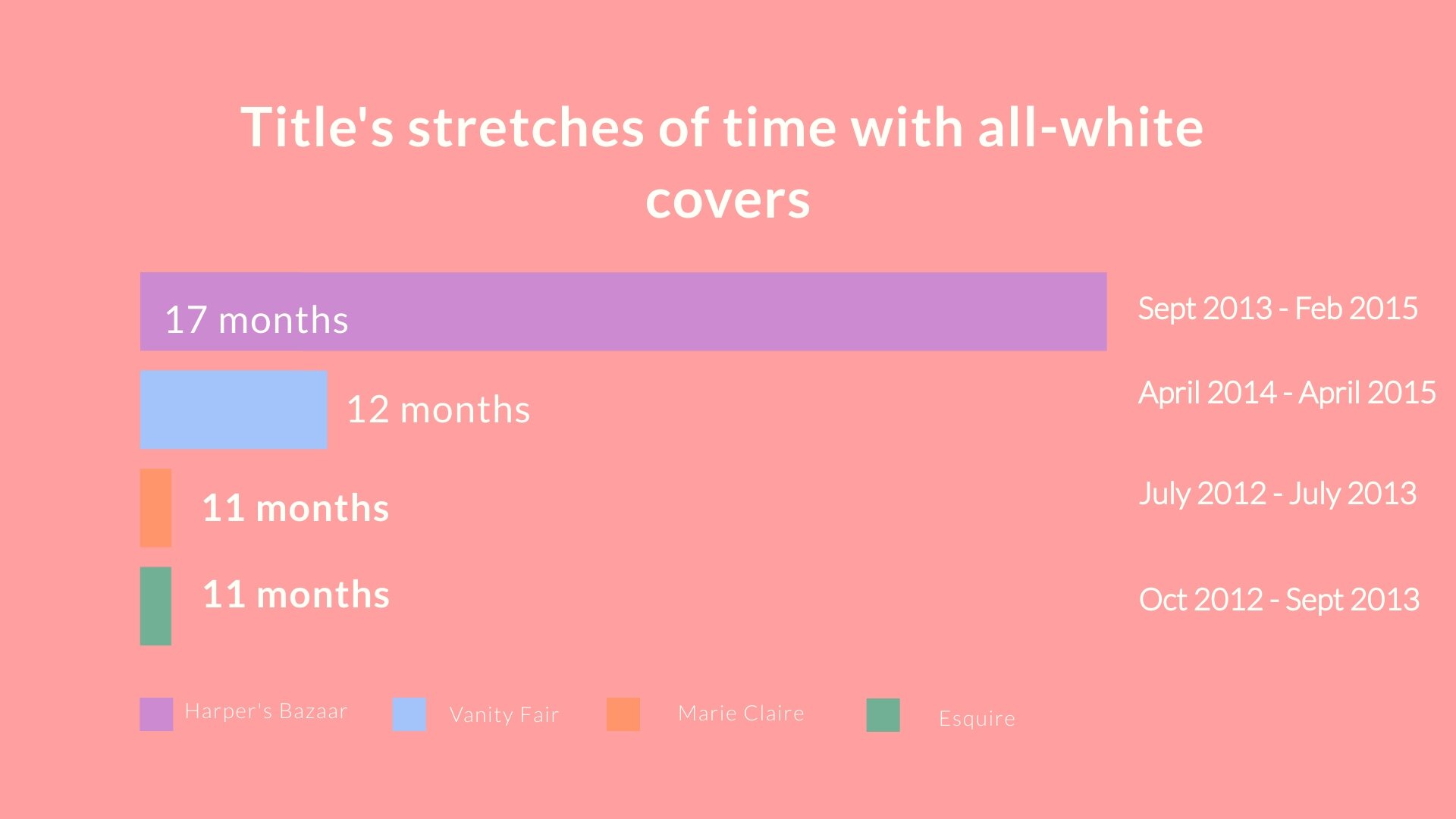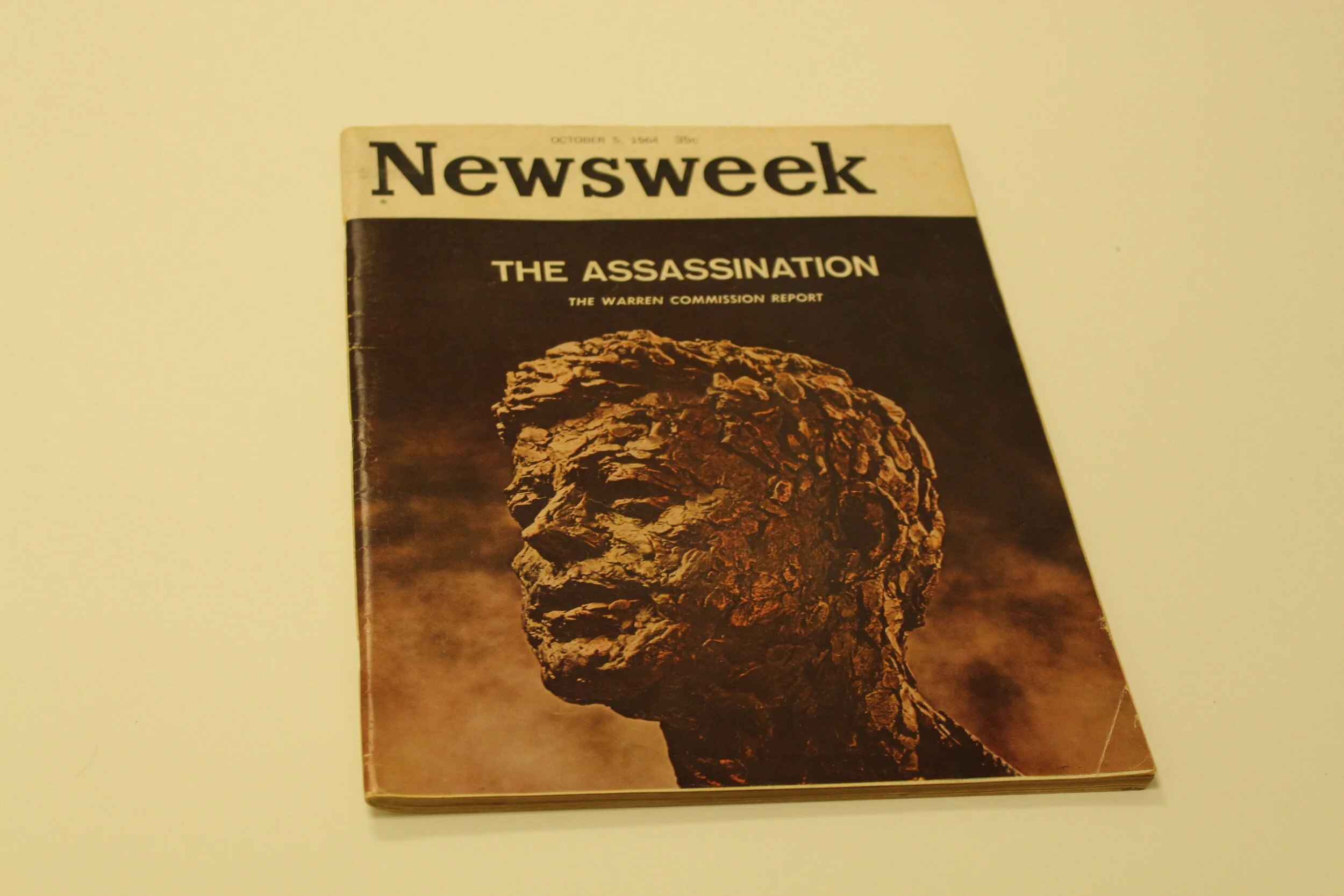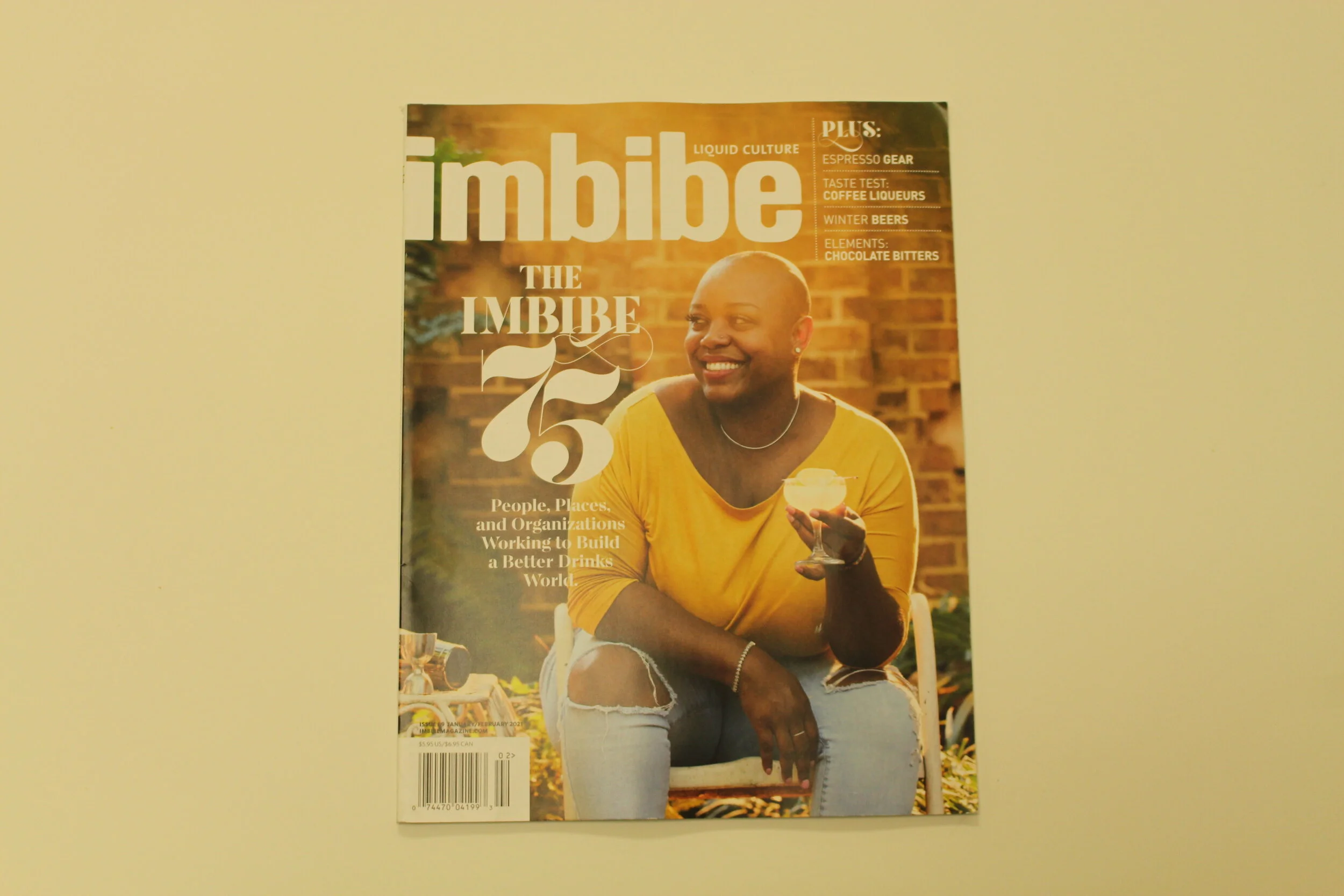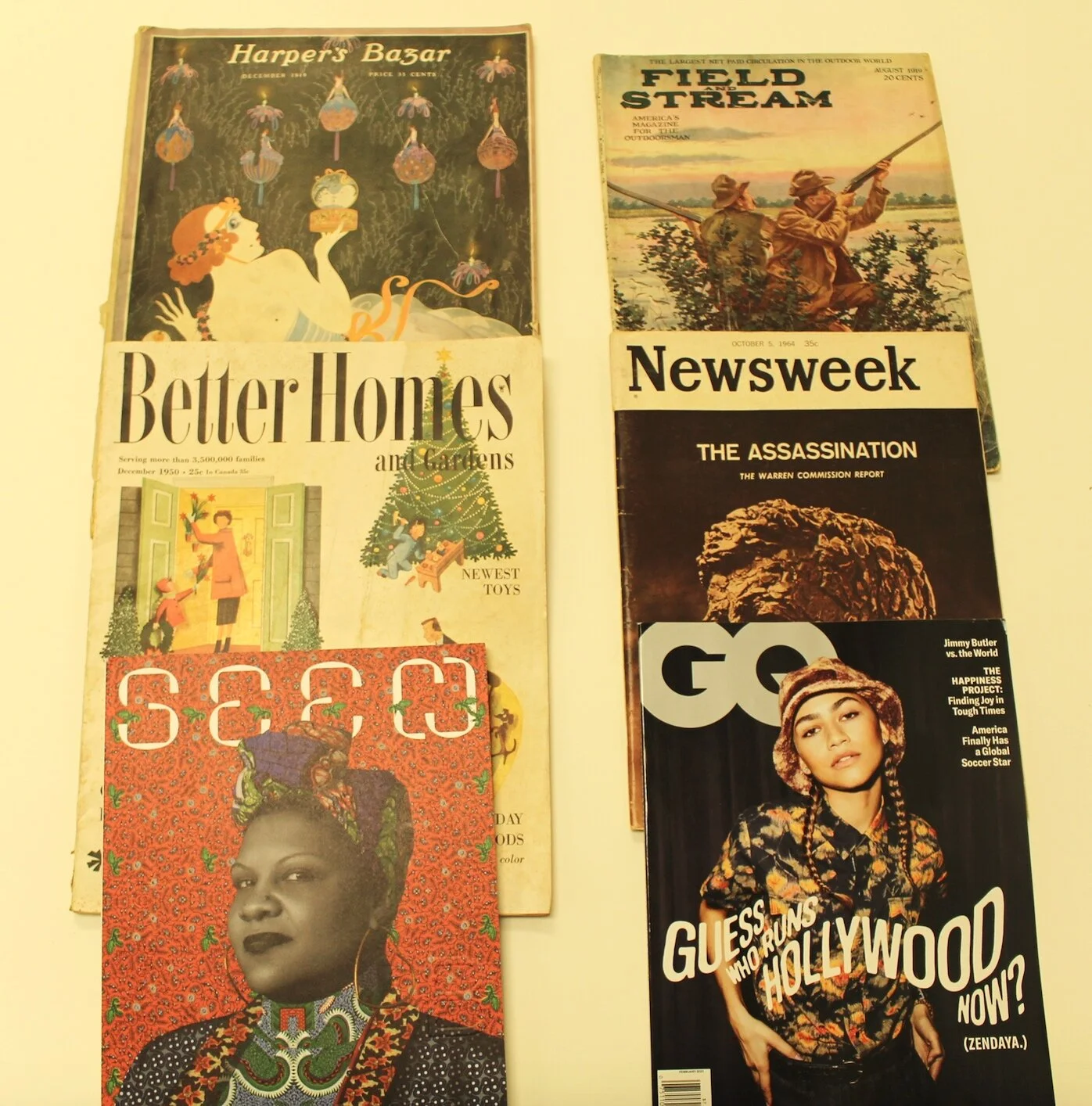Magazines Then & Now
Glossy, beautiful magazine covers have changed. For the bigger part of their history, covers were dominated by straight, white male actors with the occasional model, musician, comedian and politician. Now, magazine covers have changed to look more like the rest of America.
I sat down with Dr. Samir Husni (Mr. MagazineTM) to discuss the changes we’ve seen and their affects on the changing business model. The photos below take you on a journey through magazine covers from 1919 to present day.
Harper’s Bazaar December 1919 issue features a graphic of a white female and represents their passion for fashion.
Magazine covers have and continue to play a role in society. In the past century, they have gone from predictable to progressive. They are being used to start conversations and represent the current climate of society. When looking at covers from 1919 to present day, the magazines serve as history books. Just from the cover alone, audience members are reminded of the events of that specific year.
Newsweek October 5, 1964 cover displays a graphic of President John F. Kennedy after his assassination.
This is because magazines are reflective of society. “That’s the important role of magazines,” Dr. Husni said. “Within a magazine’s role of social responsibility, they reflect things and initiate things. Think about this; how can you initiate things like inclusivity and diversity if you are not reflecting them?”
It’s not just fashion and glamour that magazines reflect. While those subjects are covered, so is the political climate and changes in culture. Covers have the ability to initiate important change.
Harper’s Bazaar, Field and Stream and St. Nicholas magazine covers from 1919 all displaying a white person or graphic.
In 1923, Ladies Home Journal was the first magazine to feature a woman smoking a cigarette in a public setting.
“When Ladies Home Journal made this decision, it initiated change and all the sudden it was okay for women to smoke in public. Later, the magazine showed a picture of a woman drinking and public and then it was okay for women to drink in public.” Dr. Husni said.
2020 is now referred to as “The Great Awakening” for several reasons and magazine covers are reflective of that title. Increase in non-white subjects on covers, production of atypical content and more factors like these are initiating conversations about the industry beginning to look more like its audience. The changes following these conversations have an affect on society where inclusion and diversity have seen a particularly growth in emphasis.
Imbibe 2021 cover featuring a black woman, with an alcoholic beverage in hand.
Now, magazines have seen a five-time increase in number of non-white subjects featured on covers and have become more specialized than ever. Because of this specialization, magazines are having to find their audience in every corner and adapt to the changing business model.
“We’re seeing the business model start to change, and now we are no longer in the business of counting customers. We are in the business of customers who count, which means the customer is going to dig into their pocket or their purse to pay the price of the magazine rather than just using you as a way to sell to the advertisers,” Dr. Husni said.
2021 cover featuring a black woman sits on top of 1919 and 1954 magazine cover, both featuring white persons.
In order to be successful in the magazine industry, Dr. Husni stands by the notion of “Audience First'“. He says it’s important to not try to be everything for everyone, but to stick to your audience. He says its important to fall in love with your audience because when you love something or someone you try your best to make them happy, satisfy their wants, needs and desires.
Magazine covers throughout the last century show evolution and change.
It’s clear that magazines are following this new business model and listening to their audience by providing the readers content that not only reflects them, but relates to them.
Conversations started and changes made from magazine covers continues to play a role in society as the public grows more and more aware of the need for inclusivity and diversity in all areas.



For more, listen here
Credits
Caroline Gleason







